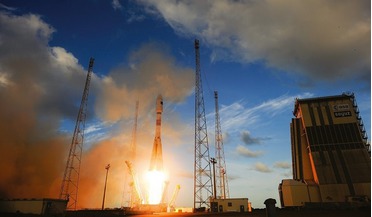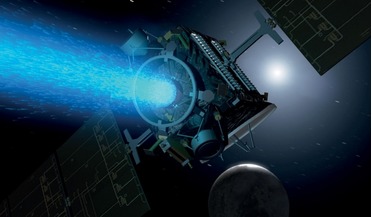 December 2021
All for one and one for all – recommendations for a sustainable future in lunar exploration
December 2021
All for one and one for all – recommendations for a sustainable future in lunar exploration
... made safely and without interference. From the perspective of private industry, this necessitates a lack of intellectual property protection, as sufficient transparency requires the release of engineering drawings and testing reports. While this may...
 July 2014
A revitalised space sector reduces costs and makes space data more accessible
July 2014
A revitalised space sector reduces costs and makes space data more accessible
... Oxford, Oxford Space Structures has gained valuable opportunities to access business skills workshops in areas such as intellectual property (IP) and strategy, to help it develop its design further into a physically marketable product. The close...
 July 2014
Space technology transfer portals and the chance progress of innovation
July 2014
Space technology transfer portals and the chance progress of innovation
... like the Space Foundation5 or EURISY6 also play a valuable role. The agencies encourage the licensing of space intellectual property to companies – especially new companies – that want to develop products based on the technology. ESA, for example...
 December 2014
Space for Earth: How ESA wants to use lessons learned above on the ground
December 2014
Space for Earth: How ESA wants to use lessons learned above on the ground
...and importance of public investment for technology R&D. This has implications and creates difficulties related to intellectual property, competitive advantage, decision mechanisms for R&D funding and industrial policy. In the space sector, technology...
 October 2016
Unlocking the potential of annular ion engines
October 2016
Unlocking the potential of annular ion engines
... whilst employing an approach based on well-understood physics and heritage of ion thrusters. It is ‘home-grown’ NASA intellectual property, with patents awarded and pending. The technology has the potential at ~10-20 kW power levels for NASA science...
 September 2017
Australia’s ambitious home-grown space industry
September 2017
Australia’s ambitious home-grown space industry
...systems engineering, structures and power management. Inovor has two prototype space subsystems and associated Intellectual Property. In addition to providing nanosatellite services the company has partnered with the University of Adelaide to develop...